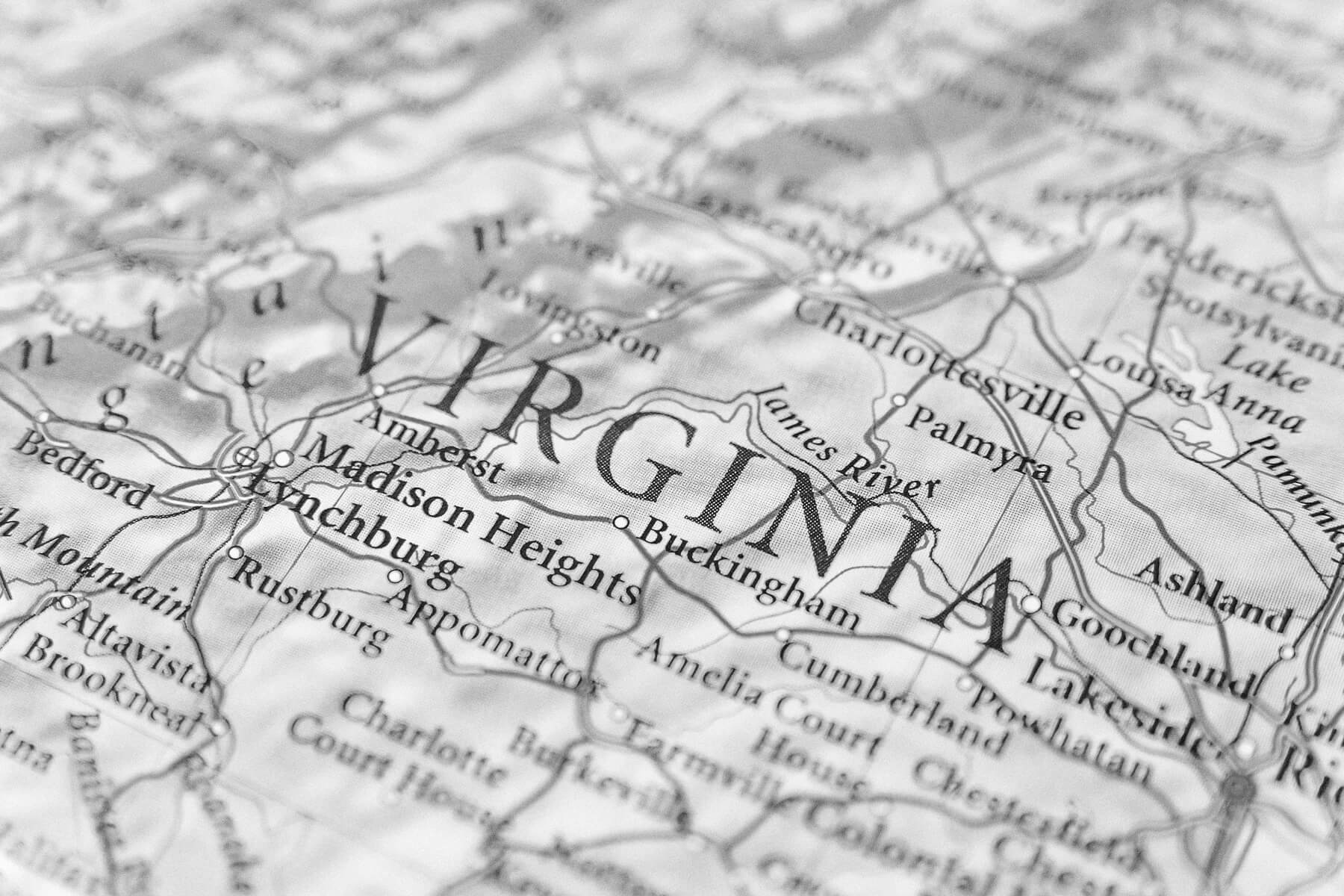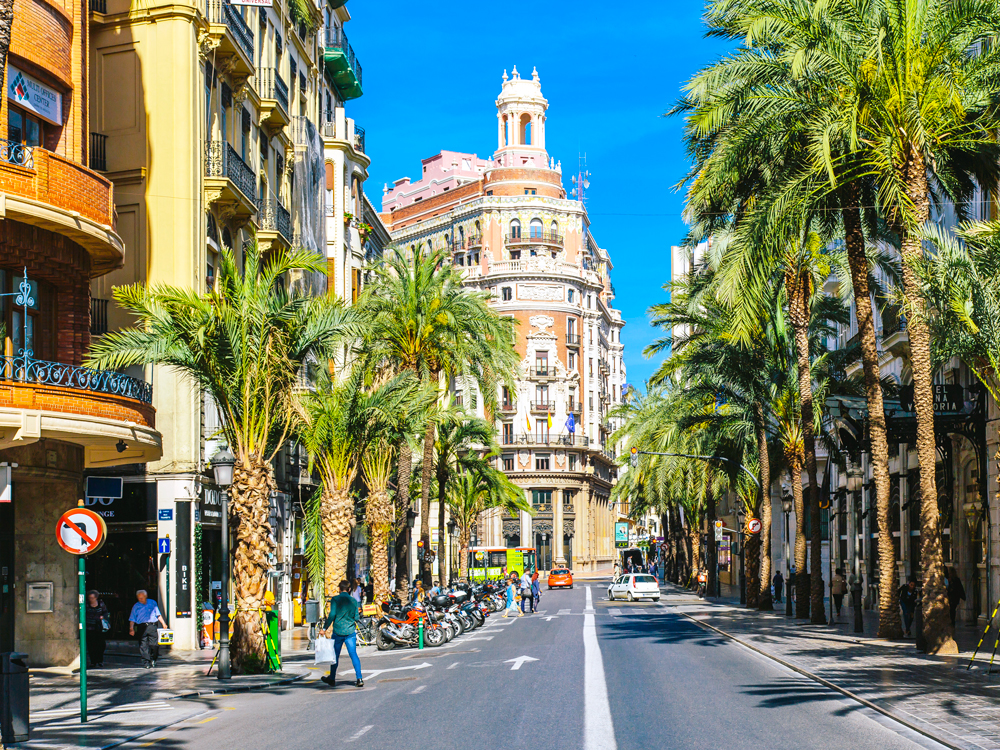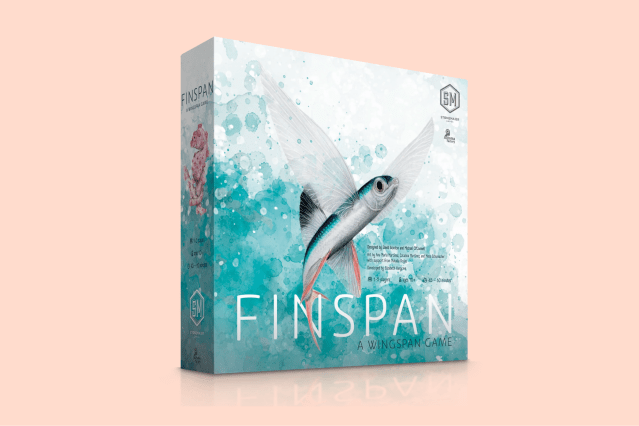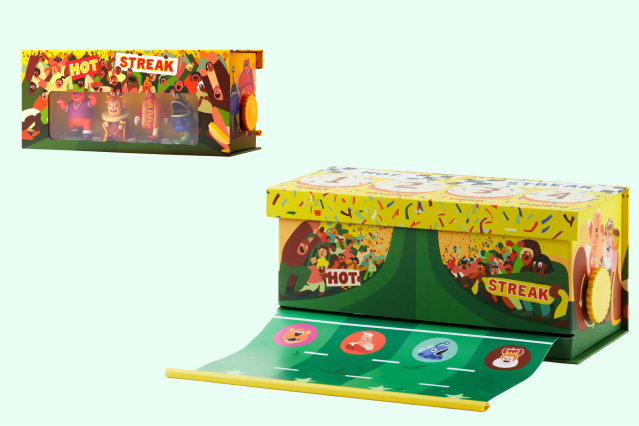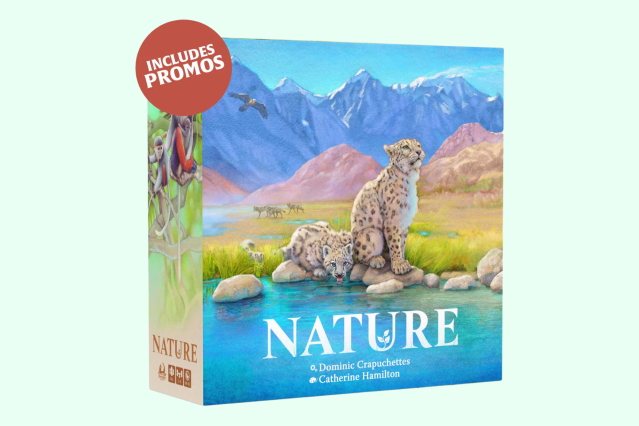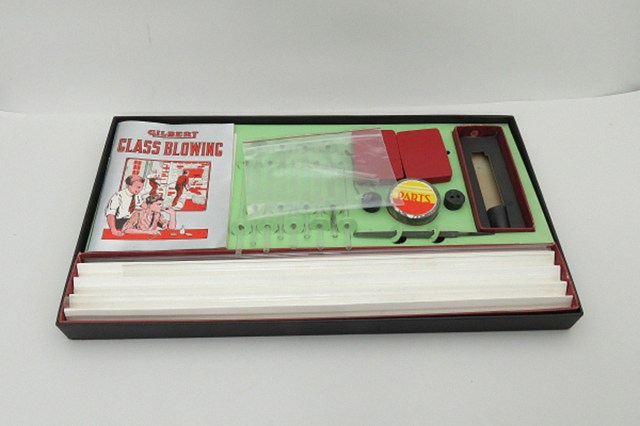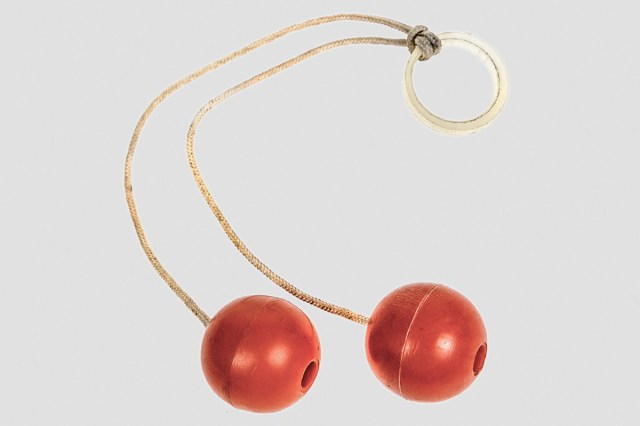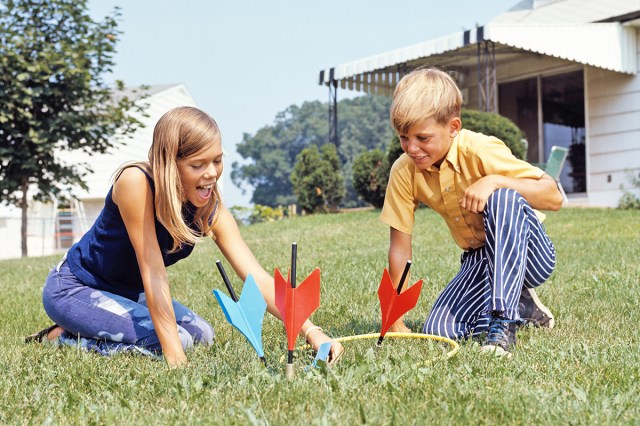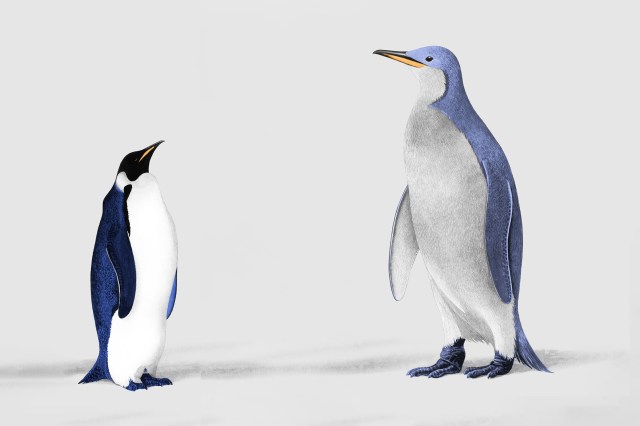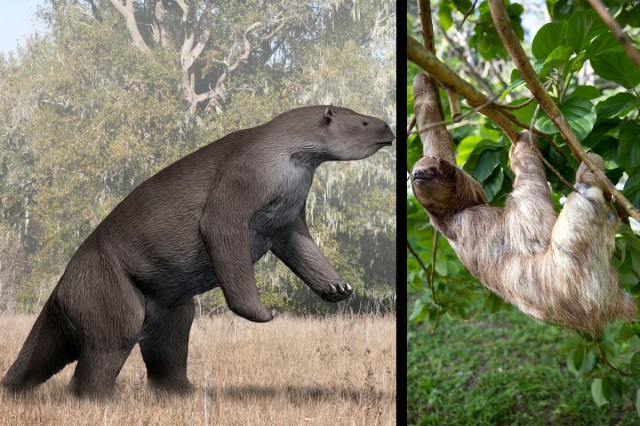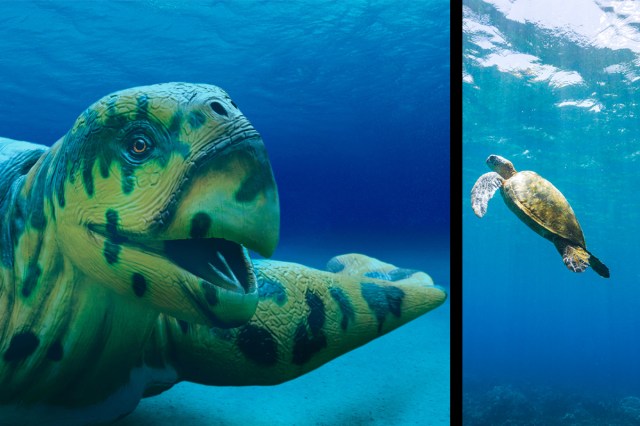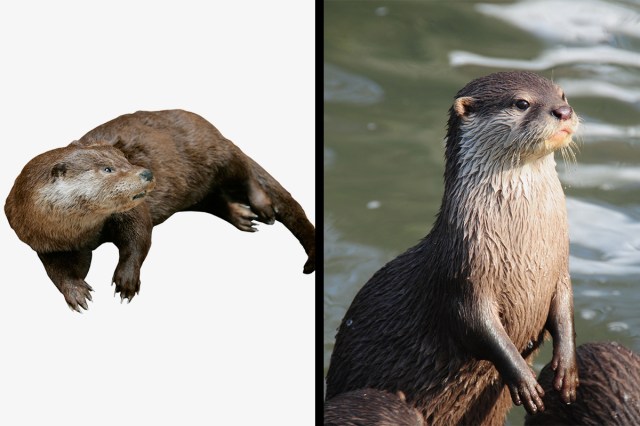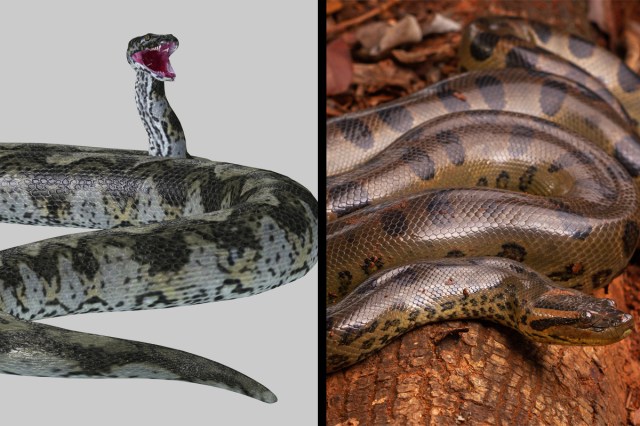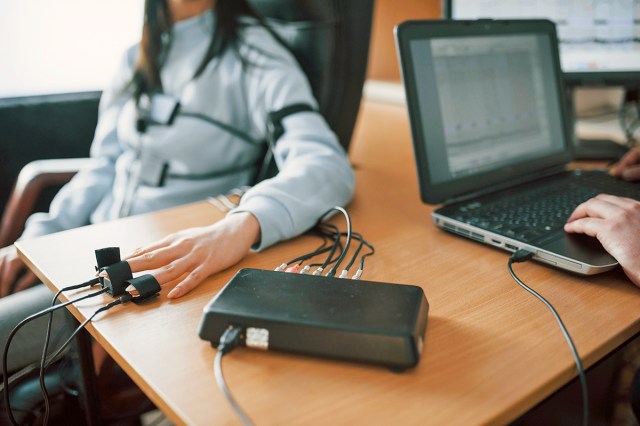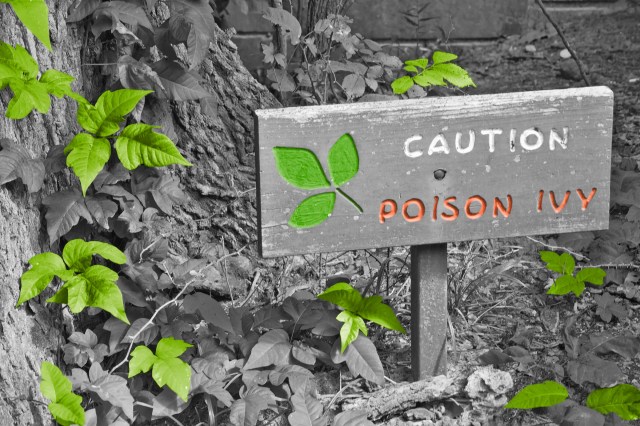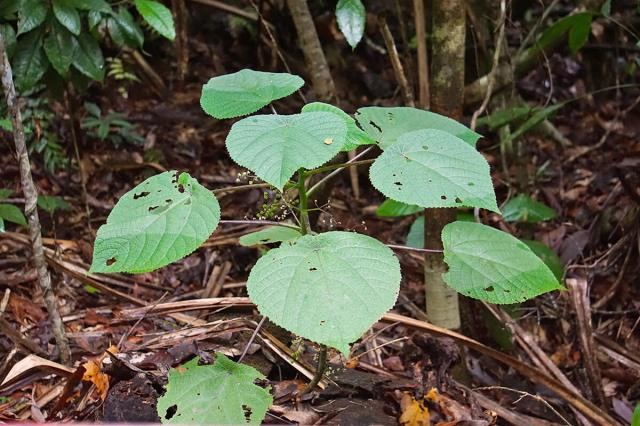Why Do You Get Goosebumps When You’re Not Cold?
Most of us are familiar with that tingling sensation caused by tiny bumps rising across the skin in a phenomenon we call “goosebumps,” inspired by the texture of a plucked goose. You may also call those bumps gooseflesh, goose pimples, or chill bumps, and they usually appear as a built-in physical response to temperature change when the air turns cold or a sudden draft brushes the skin.
But cold isn’t the only thing that can make your skin prickle. Goosebumps can rise when you’re overwhelmed by emotion, regardless of the temperature. So why do we get goosebumps? The answer reveals a fascinating connection between our physical and emotional selves.
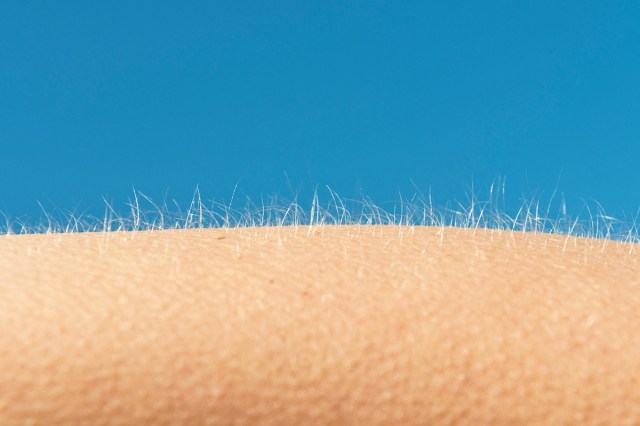
What Causes Goosebumps?
When you get goosebumps, what’s happening on a biological level is something called piloerection. Tiny muscles called arrector pili contract at the base of each hair follicle, making the hair stand up and the skin appear bumpy. In mammals with fur, raising the hair traps air and adds insulation. We humans, who lack a natural thick fur coat, still experience the effect even though it no longer provides much functional benefit.
When goosebumps occur in response to something other than cold — such as sudden fear, surprise, or awe — they reflect activation of the sympathetic nervous system, the same system that triggers the fight-or-flight response. The hypothalamus can signal this system when strong emotions arise, prompting the arrector pili muscles to contract even without a change in temperature.
Evolutionary psychologists suggest this reaction may be left over from a time when raising body hair helped our ancestors appear larger to predators or stay warmer in cold environments. Recent research also shows that the nerves involved connect to hair follicle stem cells, suggesting the reflex may still play subtle roles in hair growth and skin repair.
And goosebumps don’t just appear in moments of fear or awe, either. Some people get them during moments of intense concentration, pride, sudden nostalgia, or even sexual or spiritual experiences.
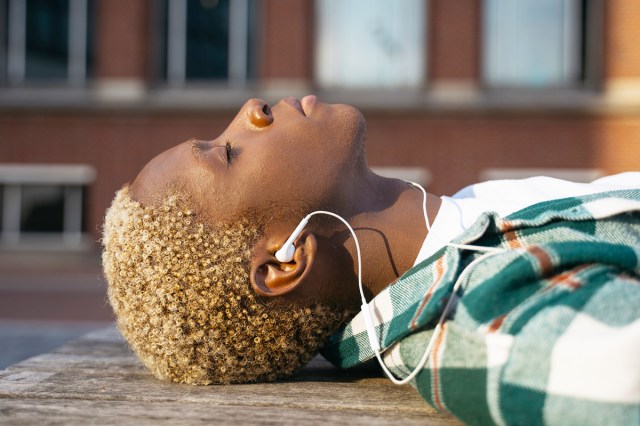
Music Can Cause Your Brain To “Shiver”
One of the most studied triggers of goosebumps beyond cold is music and other forms of fine arts. This phenomenon is known as frisson, a French word meaning “shiver.” Also called aesthetic chills or psychogenic shivers, frisson occurs when sound or emotion, rather than temperature, produces a sudden wave of shivering or goosebumps. During those moments, the brain engages a network connecting emotion, reward, and anticipation.
Brain imaging studies show that frisson involves areas linked to pleasure, motivation, and expectation. Dopamine — the neurotransmitter associated with reward and euphoria — is released during intensely pleasurable moments. In some studies, this surge occurs just before the emotional “peak” in a song, suggesting anticipation itself contributes to the thrill.

Emotion and Memory Are a Powerful Combo
The auditory cortex — the brain region responsible for processing sound — is functionally connected with emotional and memory-related regions, such as the amygdala and the hippocampus. That helps explain why frisson often feels both physical and nostalgic — it connects what we hear with memories and emotions we’ve experienced.
Research suggests that certain musical features are especially apt to trigger that response, including sudden changes in loudness, unexpected harmonies or key shifts, the entrance of a solo voice or instrument, or the gradual build-and-release of emotional tension as a song reaches its climax.
Demonstrating the range of music that can cause frisson, neuroscientists have curated a 715-song playlist of music reported to trigger the reaction. It includes classical works by Beethoven and Mozart alongside contemporary songs including Bruce Springsteen’s “Born to Run” and Sia’s “Chandelier.”
The experience isn’t limited to recorded music, either. Martin Luther King Jr.’s “I Have a Dream” speech, a reading of Mary Oliver’s poetry, and iconic scenes from Star Wars have all been reported to inspire that wave of chills, as have emotionally charged live performances in symphony halls and packed arenas.
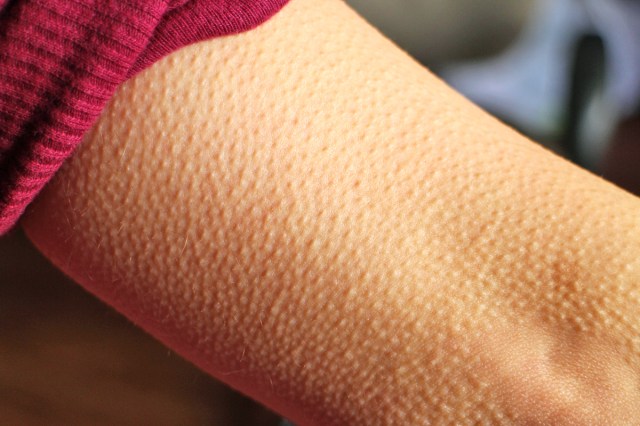
Not Everyone Feels Frisson
Studies estimate that between 50% and 66% of people experience chills or goosebumps from music. People who show stronger connections between the auditory cortex and the emotional centers of the brain tend to be more open to experience — a personality trait linked to imagination, curiosity, and emotional sensitivity.
People who don’t get chills aren’t less empathetic or less capable of being moved; their brains may simply process auditory and emotional input differently. Some researchers even speculate that frisson relates to predictive coding — the brain’s ability to anticipate what comes next — and the pleasure that comes when those expectations are subverted in a satisfying way.

How Frisson Is Related to ASMR
Some scientists have compared frisson to a related phenomenon known as autonomous sensory meridian response, or ASMR. Both involve tingling sensations that spread across the scalp or down the spine, and both can cause goosebumps in some people. However, they arise from different triggers and emotions.
ASMR is usually brought on by soft, subtle sounds such as whispering or tapping, and tends to feel calming and relaxing. Frisson, on the other hand, is sparked by emotionally powerful stimuli — think a musical crescendo or a moving scene — and feels thrilling or awe-inspiring. Some people experience both sensations, while others feel only one or neither.
Ultimately, goosebumps are a small but fascinating glimpse into how emotion and biology intertwine. They remind us that we’re wired to feel as deeply as we think about the world around us, and those fleeting shivers are one of the simplest and most mysterious ways the human brain responds to anticipation and wonder.

Kristina is a coffee-fueled writer living happily ever after with her family in the suburbs of Richmond, Virginia.
top picks from the Inbox Studio network
Interesting Facts is part of Inbox Studio, which publishes content that uplifts, informs, and inspires.




